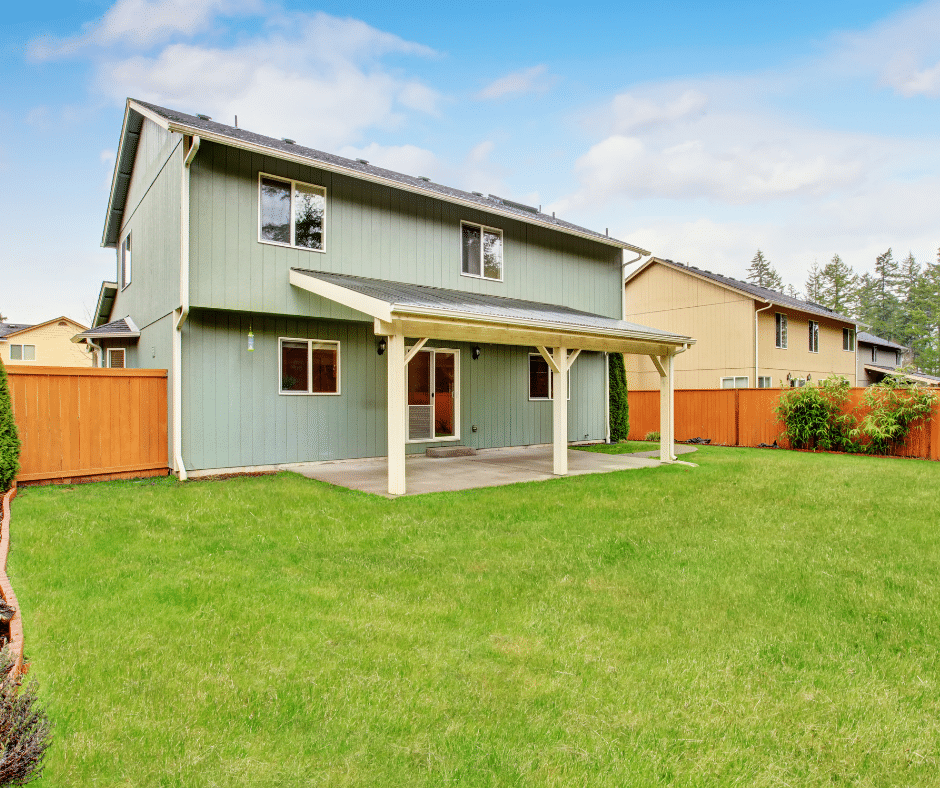
Summer is a great time of year, but it can also be a lot to endure, especially for those unaccustomed to the Texas heat. While an outdoor space can be relaxing and fun, it can also be uncomfortable, especially when the heat gets to its highest temperatures. Luckily, there are a few options for adding coverage to these areas: patios and pergolas. Here are some of the pros and cons of covered patios and pergolas and how they can help combat Texas summers.
Benefits of Covered Patios
In a home setting, a covered patio is a large roof-like structure that attaches directly to the house itself, providing shade and protection from the elements. It’s common to have screens or wooden paneling on these side “walls” to let the fresh air in while keeping out a majority of direct sunlight, insects, and rain. With patios, it’s easy to hide electrical wiring within the enclosed ceiling. There are also various options of patio covers available to choose from, and it’s usually easy to match up the patio roof cover to the roof of the home.
Challenges of Covered Patios
While covered patios certainly have a lot of benefits, there are also some challenges that can come along with them. A covered patio may be completely enclosed, or it may have openings on one, two, or three of its sides. While this can make it easy to let in the fresh air, it can also trap humidity. Another challenge with covered patios is that they’re difficult to remove and transfer to new locations. It can also be a safety hazard if fire pits or outdoor heaters are used improperly within the patio.
Benefits of Pergolas

A pergola is another structure people use to provide shade and coverage in their outdoor spaces. The ceiling of a pergola is left open, with air and sunlight coming in between the cross supports. People usually install pergolas over their pool decks, driveways, backyards, and patios. They can also use canopies to enclose the outdoor space when desired. Pergolas are easy to relocate to another area since they’re separate from your home. Although they’re usually separate from your home, they can still typically accommodate ceiling fans and light fixtures. They also tend to be much cheaper than patios.
Challenges of Pergolas
Unlike a covered patio, a pergola can stand freely on its own, detached from the house’s structure. This makes it possible for the pergola to let in rain, snow, cold, and heat, as well as insects and other outdoor pests. Because of how open the space is, it can be difficult to conceal electrical wiring for appliances. Pergolas also require regular re-sealing approximately every two to three years due to their constant exposure to the elements.
With a covered outdoor space, the heat and bustle of summer in Texas are much more bearable. When choosing between a covered patio or pergola, it’s important for people to consider exactly what they want out of their outdoor space. The best option is likely the one that’s most compatible with their style, social life, needs, and budget.